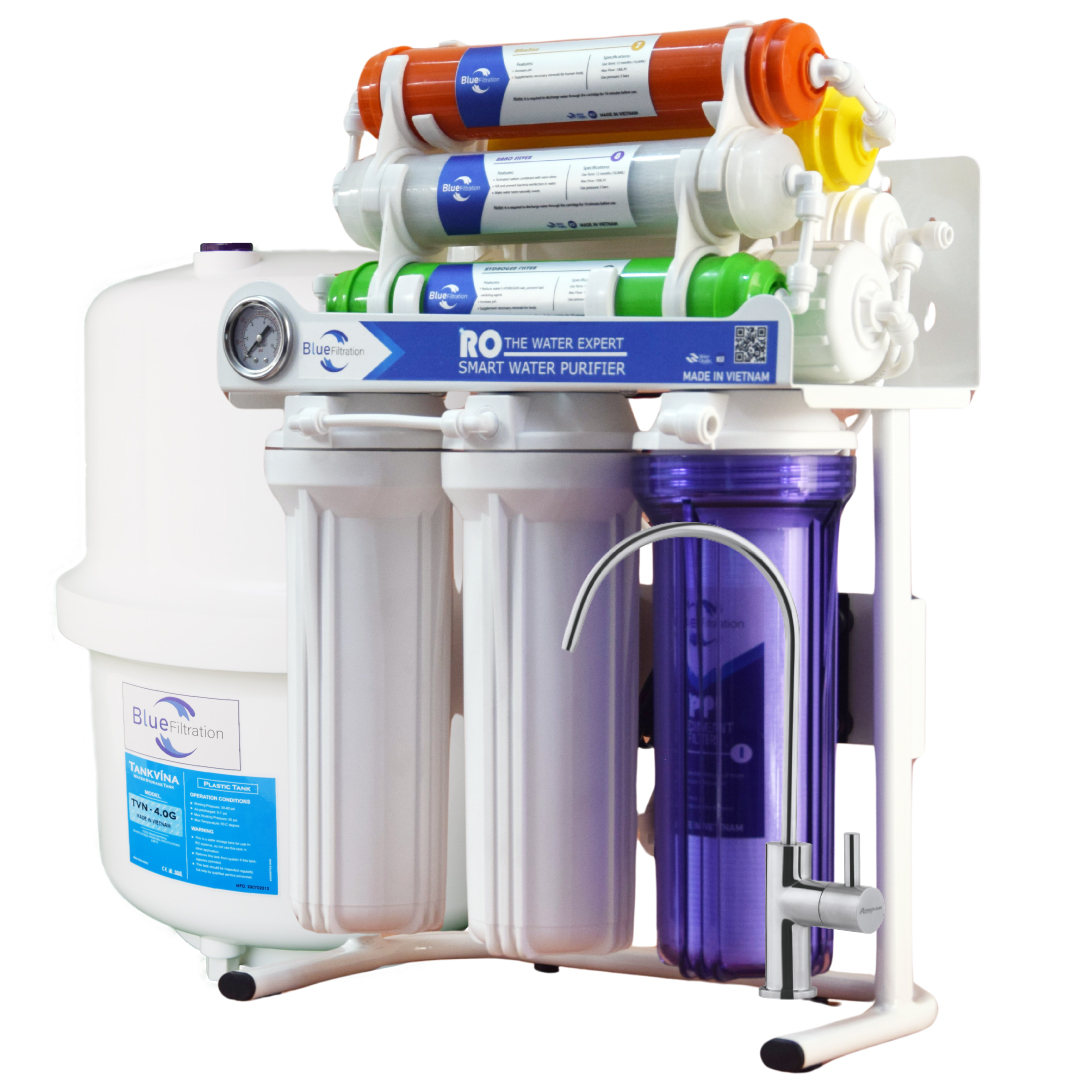The Importance of Membrane Used in Reverse Osmosis for Pure Water at Home
Clean, healthy, and great-tasting water is no longer a luxury — it’s a necessity. With water contamination becoming a growing concern, many homeowners are turning to advanced purification technologies. One of the most vital components in this process is the membrane used in reverse osmosis, a sophisticated filtration element that separates impurities from water molecules. Understanding how this membrane works and how it pairs with an efficient RO system for home can help you make smarter choices for your family’s health.
How the Membrane Used in Reverse Osmosis Works
The membrane used in reverse osmosis is the heart of any RO system. It functions on a simple yet powerful principle — pushing water through a semi-permeable barrier that traps dissolved salts, bacteria, and other contaminants. This barrier, typically made of thin-film composite (TFC) or cellulose acetate material, has microscopic pores measuring about 0.0001 microns.
When water is forced through the membrane, only pure H₂O molecules can pass, leaving behind impurities such as lead, fluoride, arsenic, and chlorine. This filtration process makes the membrane used in reverse osmosis one of the most effective tools for achieving high-quality drinking water.
Types of Membranes Used in Reverse Osmosis
There are several types of membranes available, each designed for specific filtration needs and water quality levels.
1. Thin-Film Composite (TFC) Membranes
TFC membranes are the most common membrane used in reverse osmosis systems today. They offer excellent resistance to bacteria and organic chemicals while maintaining high flow rates. This makes them perfect for modern RO system for home units.
2. Cellulose Acetate Membranes
These membranes were widely used in earlier designs and are still relevant in areas with lower chlorine levels. However, they are less resistant to bacterial contamination compared to TFC membranes.
3. High-Rejection Membranes
If your local water supply contains heavy metals or high total dissolved solids (TDS), a high-rejection membrane used in reverse osmosis can achieve over 99% purity, ensuring every drop is clean and safe to drink.
Why the Membrane Used in Reverse Osmosis Matters
Choosing the right membrane used in reverse osmosis directly impacts water quality and the lifespan of your filtration system. A premium-grade membrane ensures not only cleaner water but also reduces the frequency of maintenance. It can handle higher water pressure, resist fouling, and last longer before replacement is needed.
When combined with a well-designed RO system for home, the membrane ensures that harmful substances are eliminated, protecting your family’s health and preserving the natural taste of water.
Key Benefits of a Reverse Osmosis System for Home
A RO system for home is more than just a water filter. It’s an all-in-one purification unit that offers multiple benefits for everyday use.
1. Exceptional Water Purity
An RO system for home equipped with a high-quality membrane used in reverse osmosis can remove 95–99% of dissolved salts, metals, and contaminants. The result is water that’s pure, odorless, and free from harmful chemicals.
2. Better Taste and Odor
The membrane eliminates chlorine, sulfur, and organic compounds responsible for bad odor and taste. Whether you’re drinking straight from the tap or using it for cooking, the difference is noticeable.
3. Safe for Children and Elderly
Young children and older adults are more vulnerable to waterborne contaminants. A reliable RO system for home provides an extra layer of protection, ensuring every glass of water is safe and refreshing.
4. Cost-Effective and Eco-Friendly
Instead of buying bottled water, investing in a RO system for home can save you money in the long run while reducing plastic waste. The advanced membrane used in reverse osmosis ensures consistent purification with minimal resource consumption.
Maintenance of the Membrane Used in Reverse Osmosis
Even the best membrane used in reverse osmosis requires care and maintenance to ensure optimal performance. Over time, impurities can clog the pores, reducing efficiency. Regular cleaning or timely replacement keeps the system running smoothly.
Tips for Maintenance
-
Flush the system regularly to remove sediment buildup.
-
Replace the pre-filters every 6 to 12 months to protect the membrane.
-
Avoid using hard water directly without a sediment filter.
-
Schedule a professional checkup for your RO system for home once a year.
Proper care extends the lifespan of both the membrane and the system, keeping your water quality consistent.
Signs It’s Time to Replace the Membrane
Your membrane used in reverse osmosis won’t last forever. Typically, it performs efficiently for about two to three years, depending on water quality and usage.
Watch out for these signs that indicate it’s time for a replacement:
-
Water tastes or smells different.
-
Flow rate slows down noticeably.
-
TDS (Total Dissolved Solids) reading is higher than usual.
-
The RO system for home begins producing cloudy or salty water.
Timely replacement ensures the system continues delivering top-quality purified water without compromise.
How to Choose the Right RO System for Home
Selecting the ideal RO system for home requires considering your water quality, family size, and installation space. Systems vary from under-sink models to wall-mounted units, and the right choice depends on your specific needs.
1. Check Water Quality
Before buying, test your tap water for hardness and contamination levels. The results will help determine the type of membrane used in reverse osmosis and the system capacity required.
2. Consider Storage and Flow Rate
If you have a large family, go for a RO system for home with a bigger storage tank and faster purification rate to ensure a constant supply of clean water.
3. Look for Advanced Features
Some modern systems come with UV sterilization, remineralization, or smart TDS controllers. When paired with a premium membrane used in reverse osmosis, these features provide an advanced level of purification.
The Future of Reverse Osmosis Technology
The membrane used in reverse osmosis has evolved significantly over the years. Researchers are developing new materials that improve efficiency while reducing water wastage. Nanocomposite and graphene-based membranes promise faster filtration with better energy savings.
For homeowners, this means the RO system for home of the future will be smarter, more compact, and more sustainable — offering the best balance between performance and eco-friendliness.
Final Thoughts
A healthy home starts with clean water, and that’s where the membrane used in reverse osmosis plays its crucial role. It’s the unseen guardian ensuring that every sip you take is pure and safe. When combined with the right RO system for home, this technology transforms ordinary tap water into crystal-clear hydration that supports your health and well-being.







0 Comments